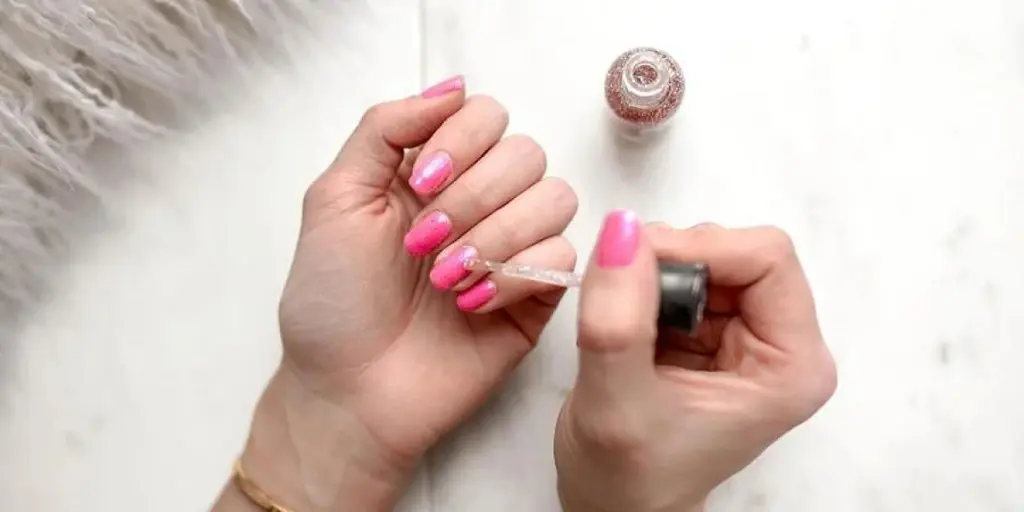Distancing measures caused significant disruption in a range of industries, and it was no different for the hair care industry. With social restrictions and work-from-home mandates, people found themselves shut indoors and having to come up with home-based solutions for their hair care needs.
In this article, we’ll look at the growth of the at-home hair care and styling trend and share insights on what is driving it. We’ll analyze the at-home hair care market by looking at its current size and estimated growth, then explore some of the at-home hair care and styling trends and products that will be popular in 2022 and beyond.
Table of Contents
What is behind the growing trend?
Overview of the global hair care market
Top at-home hair care and styling trends and products
At-home hair care is here to stay
What is behind the growing trend?
With limited access to their regular hair stylists at salons as a result of distancing measures and the increasing adoption of hybrid workplace models that combine remote working with on-site work, consumers worldwide were driven to take their hair care needs into their own hands.
What resulted was increased demand for at-home or DIY-centered hair treatments and maintenance that ranged from coloring, hair cuts, and oil treatments. Consumers began seeking out beginner-friendly techniques and kits that enabled them to successfully pull off a chop or dip-dye in the comfort of their homes.
There has also been a shift toward low-maintenance looks driven by changing consumer preference for comfort and utility. This has also been seen in comfort-focused fashion-at-home trends. Numerous consumers have been keen to ditch elaborate treatments and styling in favor of simpler treatments that targeted hair growth, restoration, and scalp care. This has resulted in people raiding their pantries for natural ingredients to use in DIY remedies.
The proliferation of social media accounts that churn out hair care content, particularly on TikTok and YouTube, has also made it easier for beginners to master hair care routines suited to their hair types. Many consumers follow their favorite influencers’ regimens and purchase products that allow them to care for their hair at home.
Overview of the global hair care market
While other industries were severely affected by distancing measures, the hair care market was incredibly resilient, particularly fueled by the aforementioned self-care trends. Overall, hair care market revenue grew by about 8% in 2020, compared to 2019. It is expected to reach USD 121.4 billion by 2027, growing at a compound annual growth rate (CAGR) of 6.5% during the 2021–2027 forecast period.
Hair product sales increased by approximately 55% from January through August of 2021, with the global hair products market being valued at over USD 42.1 billion in 2020 and projected to reach USD 72 billion by the end of 2031. The hair colorants market segment, which stood at 19.94% in 2020, is expected to hold the largest market share in the global hair care market.
Consumer demand for at-home treatments saw a marked increase, particularly the demand for DIY hair masks. It is projected that the global hair mask market will reach USD 261.8 million by 2026, growing at a CAGR of 5.5% between the forecast period of 2021–2026.
Top at-home hair care and styling trends and products
1. At-home deep treatments
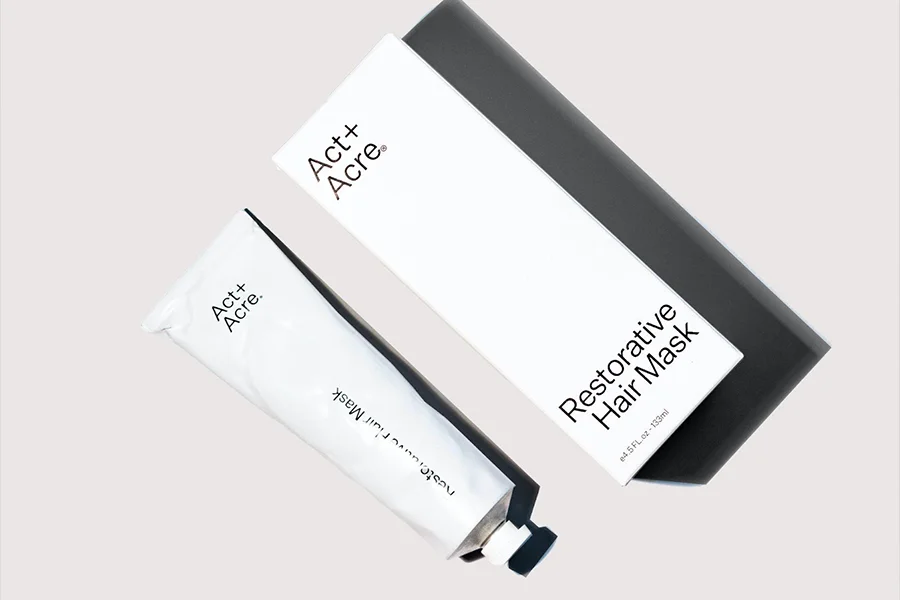
At-home treatments have been a strong trend in the global hair care market. Consumers are looking for solutions to restore moisture, promote growth, and add softness to their hair. This has led to increased demand for DIY-ready hair masks that enable users to easily incorporate them into their weekly hair care routines.
Top hair masks sought out by consumers include protein treatments, clarifying masks, exfoliating masks, dry hair treatments, and masks for protecting color-treated hair.
2. Skinification of hair care
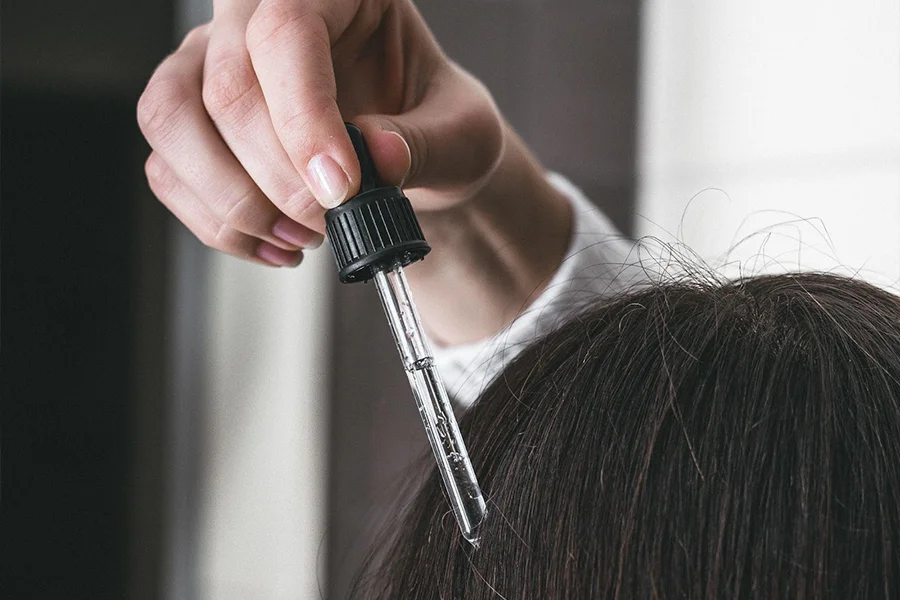
This trend has been growing steadily over the past few years, but it was in 2021 when more brands began to add skin-care ingredients to the formulations of their hair care products. Ingredients like hyaluronic acid, salicylic acid, glycolic acid, ceramides, and others were added to shampoos, conditioners, and leave-ins to treat the scalp, break up buildups, hydrate, and support hair health.
Scalp care is becoming the new skin care as the vitamins used in both are becoming interchangeable, but this time, they are helping to control issues like dandruff, redness, and itchiness to make the scalp more conducive for hair growth.
3. At-home gloss
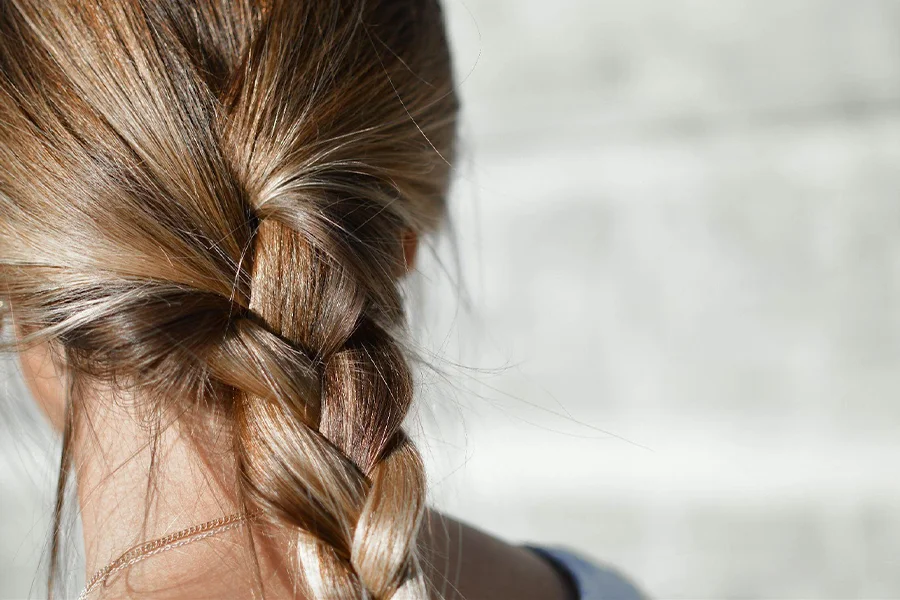
Shiny hair has never gone out of fashion. Glossy hair remains a major trend and now consumers are seeking out ways of achieving their favorite glossy looks using home-based routines that are easy to do.
From sheen sprays and hair oil shine drops to deep oil treatments and in-shower acidic glazes, consumers want products that will give their hair extra hydration and shine. Products with avocado and olive oil have become popular natural formulations.
4. Low-maintenance looks

As mentioned before, distancing measures have inspired a lot of people to seek out comfort and ease, creating a resurgence in consumer demand for low-maintenance looks. Products and styles that help deliver popular clean, minimalist looks are being sought out, from smooth hair to low-maintenance haircuts.
Consequently, there has been an increased demand for hair-smoothing products that straighten different hair textures to deliver a “clean look.” Among these are sculpting creams, styling pastes, and gel pomades.
5. Regular hair-washing maintenance
Shampoos and conditioners are a staple in the hair care market. In the U.S. alone, the proportion of women who wash their hair 2 or 3 days a week, or more often is 80%.
That is why the demand for regular hair-washing maintenance, such as shampoos and conditioners, has remained with steady demand. According to a 2021 NPD Group report, the top three products that consumers had reported to have used in the past year were traditional shampoo, conditioner, as well as hair spray.
6. Natural formulations
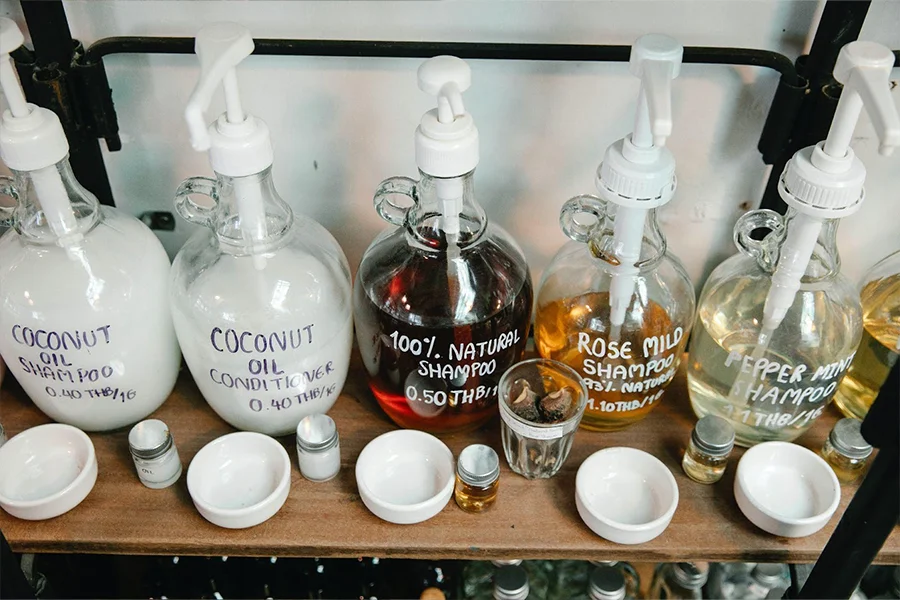
Another key trend within the global hair care market was natural formulations, driven by rising consumer demand for products that were natural and plant-based. This was particularly so for shampoos as consumers sought out plant-based shampoos. Data from Spate shows that interest in plant-based shampoos has grown by nearly 31% from 2020 to 2021.
Products formulated using natural ingredients such as argan oil, coconut oil, and avocado oil have grown in popularity. Natural oils are being favored for their restorative and nourishing qualities, particularly hair cuticle and strand nourishment.
7. Vegan hair products

A growing segment of consumers is becoming increasingly interested in vegan and plant-based hair care products. This is largely being driven by the greater consumer preference shift toward personal care products that are sustainable and natural, as part of efforts to protect our natural environment.
This has resulted in consumers seeking out vegan and silicone-free hair products in preference for “clean beauty” found in naturally occurring ingredients such as ginger, shea, bananas, and avocados.
8. DIY hair-coloring products
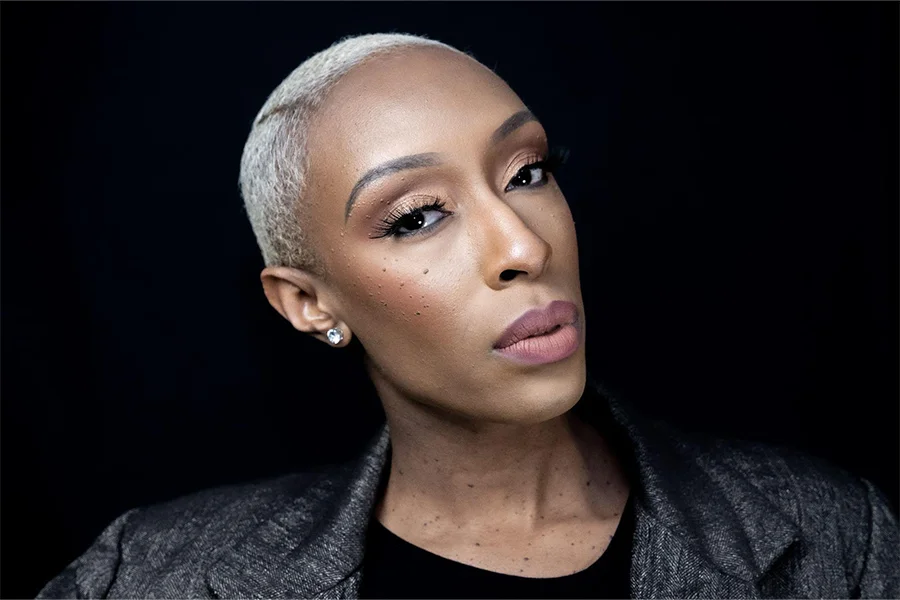
Consumers have also sought out at-home color care for touch-ups on their dye jobs. Brands have started bringing to market color-care and maintenance products that are affordable and user-friendly enough to be applied at home.
Beginner-friendly dyes, tone enhancers, at-home options for hair-color removers, and color protection products are helping users with coloring and color maintenance without needing to visit their local salons.
9. Personalized curl experiences
One of the major hair care trends that have been growing in the past few years is users “working with what they’ve got.” This trend has been fueled by the renewed focus on curls, low-maintenance looks, and hair health.
Women the world over are rediscovering their natural hair textures, embracing them, and seeking out products that can help maintain them. This includes curl-defining oils, pre-shampoo masks, shampoos, and conditioners that are custom-formulated for different hair textures, giving users personalized curl experiences that are just right for them.
At-home hair care is here to stay
We are entering an age where hair care is just as personal as skin care. This is coupled with the increased adoption of hybrid work-from-home models, meaning more people are going to continue seeking out at-home hair care options to be able to maintain their favorite styles.
At-home is here to stay so retailers should enhance their product catalogs by adding at-home product options to help them capitalize on the following trends:
- At-home deep treatments
- Skinification of hair care
- At-home gloss
- Low-maintenance looks
- Regular hair-washing maintenance
- Natural formulations
- Vegan hair products
- DIY hair-coloring products
- Personalized curl experiences




